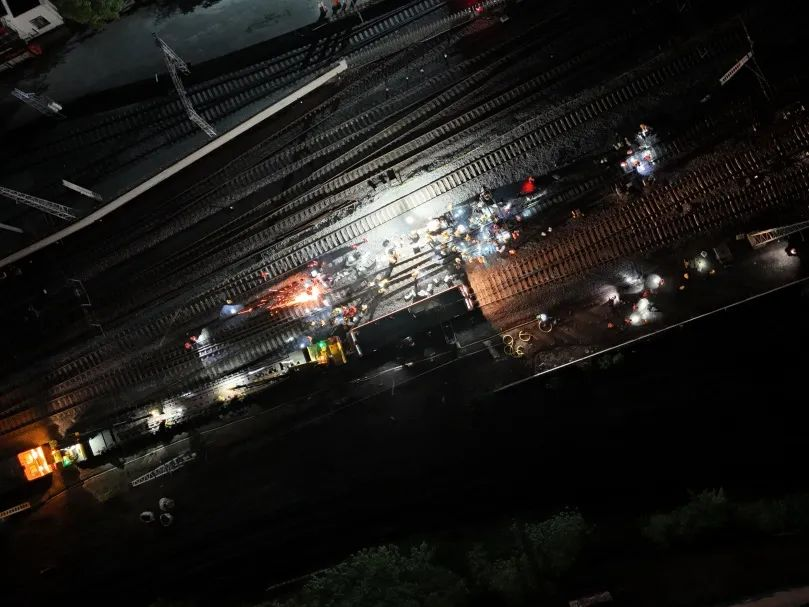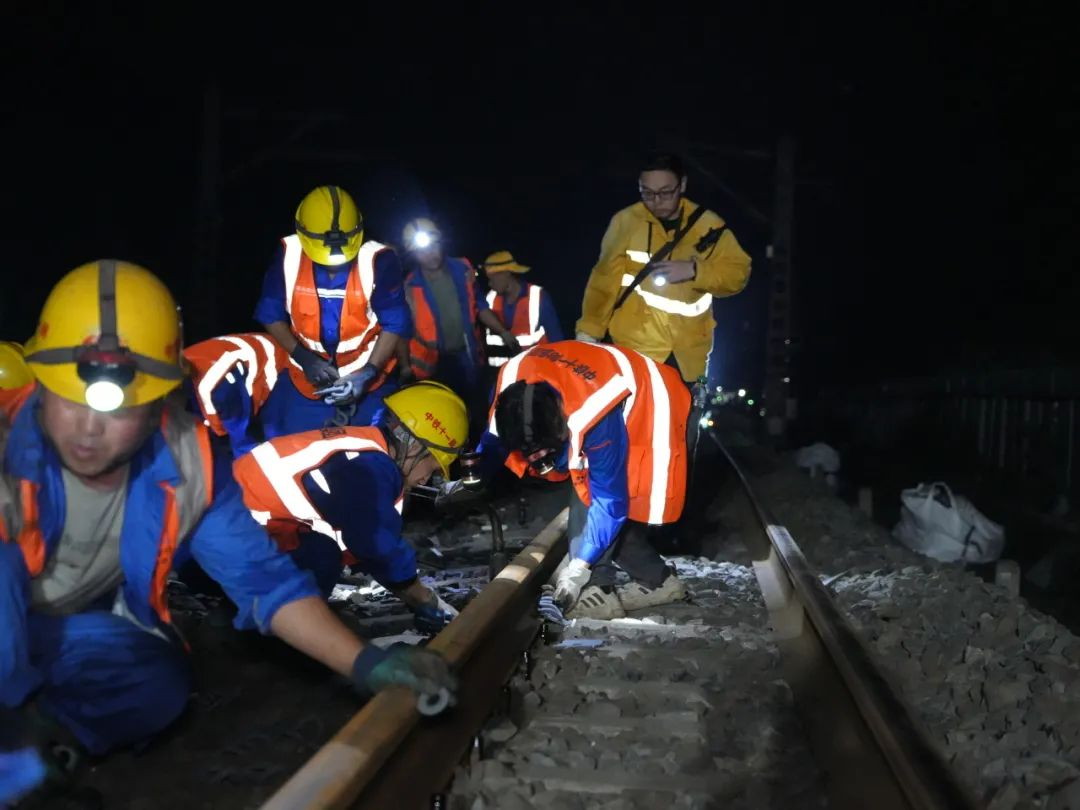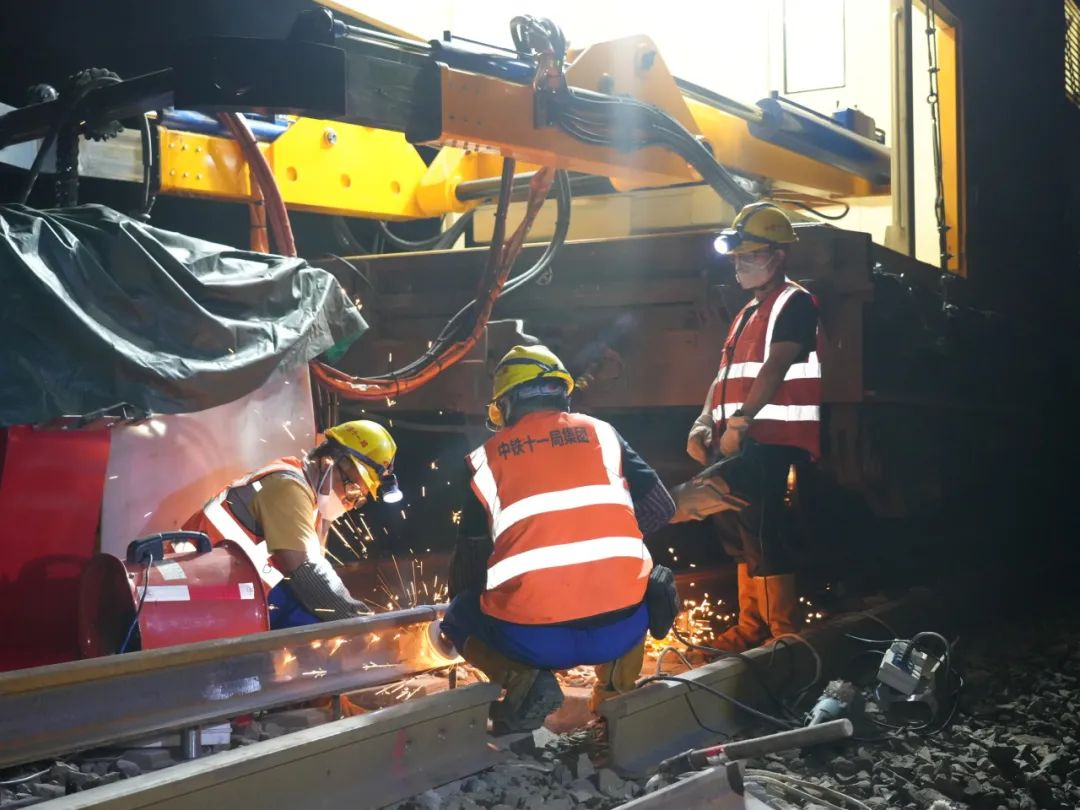
more>>Industry Overview
more>>Link us
News
At 1:45 a.m. on June 5th, under a star-strewn night sky, the Xiangyu Railway was cloaked in deep twilight, with moonlight cascading like silver silk—an unusually tranquil scene. But as the blockage order was issued, the roar of machinery shattered the stillness between 762km+800m and 763km+800m on the Xiangyu Railway's upward line. Spattering sparks, like scarlet meteors, showered the sleepers, while over a hundred workers shuttled busily amid the light and shadow, conducting operations in an orderly manner. Soon, the night mist, tinged with the smell of rust, began to rise—a tense yet systematic "transformative overhaul" was in full swing.

As an iron artery spanning Sichuan-Chongqing, linking northwest and southwest China, the Xiangyu Railway has shouldered the historical mission of the "Third Front Construction" since its opening in 1973. Forty years on, it has become a core corridor for the China-Europe Railway Express and the New Western Land-Sea Corridor under the Belt and Road Initiative. Countless trains loaded with "Made in China" goods pass through here en route to Europe, while inland resources flow steadily outward, forging an efficient channel for international trade.

With the growing frequency of China-Europe Railway Express services and rising freight volumes, this nearly half-century-old artery has been operating beyond capacity, with its infrastructure showing signs of wear. To eliminate safety hazards, enhance transport efficiency, and ensure the safe, smooth operation of key trains like the China-Europe Railway Express, Chongqing Engineering Section seized the opportunity of centralized maintenance on the Xiangyu Line. Through 35 construction and maintenance projects—including section-based replacement of long rails and subgrade disease treatment—it performed precise "surgical operations" on existing line flaws, extending the railway's service life and injecting new vitality into this critical iron artery.

"All teams, organize personnel to loosen fasteners immediately! Xiong Ruijun, Zeng Zhiwei, coordinate rail alignment! Cutting team, secure short-circuit copper wires; reconfirm old rail cutting points before cutting to ensure positioning errors stay within allowable limits!" shouted Yuan Shuo, the construction chief, his voice cutting through the mechanical din.

"One, two, three—lift!" After cutting, over a dozen workers chanted in unison, prying up the retired rails with crowbars. With a heavy thud, the old rails were moved outside the sleepers. Without pausing to wipe sweat from their faces, the workers resumed their rhythm, their "one-two, one-two" chants echoing again. With a clang, the new rail was slid into the rail bearing groove; after several adjustments, it settled precisely into place, leaving white salt crusts from dried sweat on their uniforms.

"Rail car approaching—all stop work and clear the track!" The critical welding phase began as a rail car towed theweld normalizing integrated machine to the gap. Operated by workers, this "transformer-like" machine unfolded, extending its welding head to clamp both rail ends. The joint instantly erupted in dazzling sparks, and soon the two rails fused into one amid the flames. Grinding followed immediately: the grinder whirred at high speed, sending sparks flying with a sharp metallic screech, until the weld perfectly matched the rail's surface and side contours—completing the seamless connection of the 1-kilometer new rail to the existing line.

"This long rail replacement is not just a full upgrade of Xiangyu Line infrastructure, but a strong guarantee for China-Europe Railway Express safety," noted Yuan Shuo on-site. "The new rails will boost load capacity and stability, providing solid support for smooth operations. Under the centralized maintenance plan, we aim to replace 30.548km of rails in sections, with 12.258km already completed."
After 210 minutes of intense work, the line reopening order was issued promptly at 5:03 a.m., marking the successful completion of the day's long rail replacement. As the first freight train rolled over the new rail, the 1-kilometer section glistened in the dawn light.
Source: Heavy Industry Window